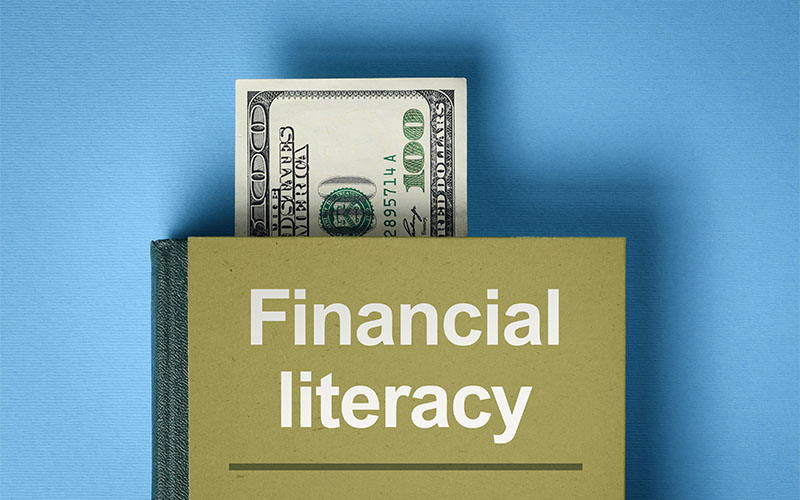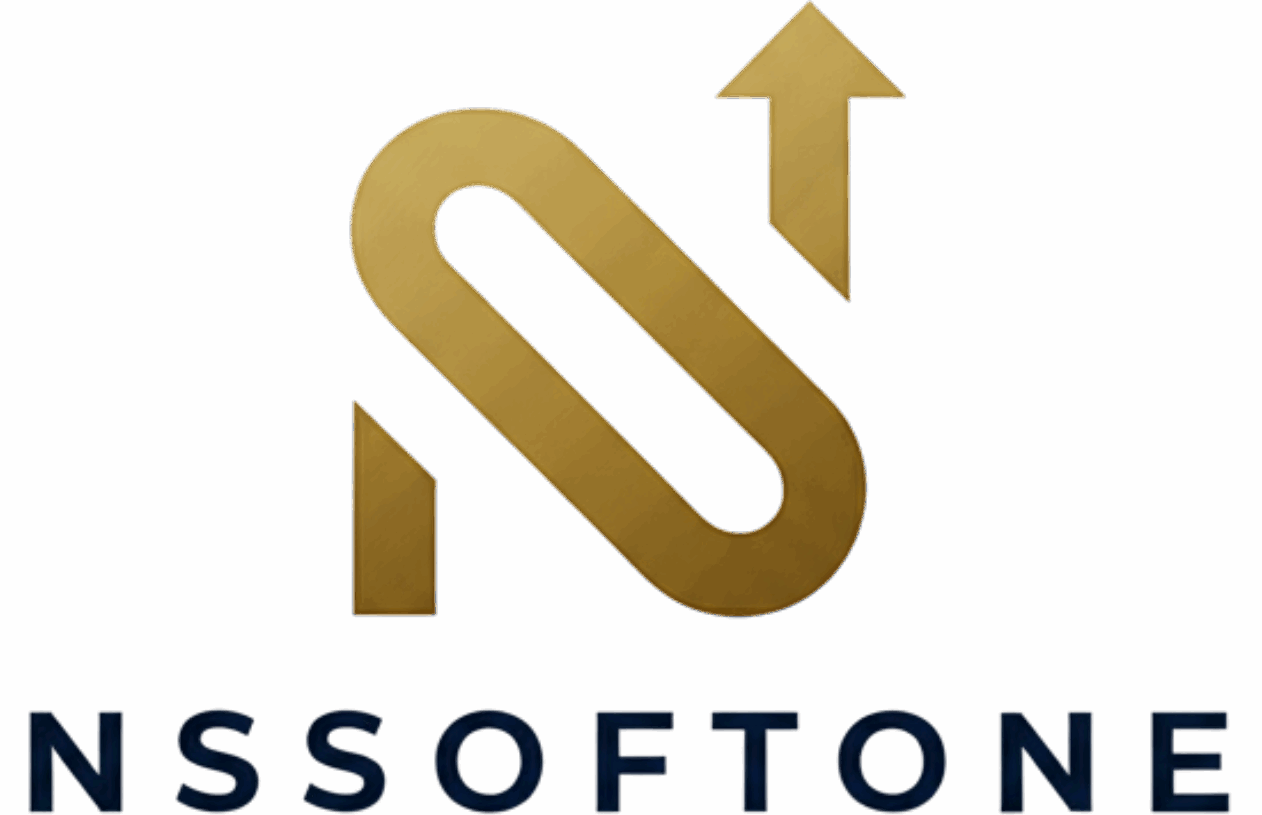In the complex tapestry of modern life, few skills are as crucial and yet so frequently overlooked as personal finance management. While academic curricula focus on history and mathematics, the practical application of money management—the very engine that drives our daily lives—is often left to trial and error. This gap in knowledge can lead to lifelong struggles with debt, stress, and a deferred dream of financial independence.
“Financial Education 101: Essential Lessons for Every Adult” is your foundational guide. It’s a roadmap for transforming anxiety into confidence, showing that taking control of your finances isn’t about getting rich quick, but about making smart, consistent choices that build a secure future.
1. The Bedrock of Financial Health: Budgeting and Tracking
You cannot manage what you don’t measure. The single most important habit for financial health is gaining total visibility into your cash flow.
- Know Where Your Money Goes: A budget is not a straitjacket; it’s a mirror. Start by meticulously tracking every penny for a month. You might be shocked at how much leaks out through impulse buys or unnecessary subscriptions.
- The 50/30/20 Rule: A simple, effective framework suggests dividing your after-tax income:
- 50% for Needs: Housing, groceries, utilities, minimum debt payments.
- 30% for Wants: Entertainment, dining out, hobbies, non-essential shopping.
- 20% for Savings and Debt Repayment: Building your emergency fund and investing for the future.
- Automate Everything: Make saving non-negotiable. Set up automatic transfers to your savings and investment accounts right after your paycheck lands. By paying your future self first, you remove the temptation to spend.
2. Fortifying Your Future: The Emergency Fund
Life is unpredictable. A sudden job loss, a medical emergency, or an unexpected car repair can instantly derail years of careful saving. An emergency fund acts as your financial fortress, protecting you from resorting to high-interest debt when disaster strikes.
- The Golden Rule: Aim to save enough to cover three to six months of essential living expenses. For added peace of mind, especially if you have an unstable income, aim for 12 months.
- Keep it Liquid and Safe: Your emergency money should be stored in a high-yield savings account (HYSA). This ensures it’s easily accessible in a true emergency, is protected by FDIC insurance, and earns more interest than a standard checking account. Crucially, do not invest this money in the stock market; its primary job is stability, not growth.
3. The Double-Edged Sword: Debt Management and Credit
Not all debt is created equal. Understanding the difference between ‘good’ and ‘bad’ debt is fundamental to building wealth.
- Bad Debt (High-Interest): This includes credit card balances, payday loans, and other high-APR consumer debts. This debt rapidly erodes your wealth and must be prioritized for repayment.
- The Snowball vs. Avalanche Method: Choose a repayment strategy: Avalanche (pay highest interest rate first to save the most money) or Snowball (pay smallest balance first for a psychological win). Consistency is more important than the method.
- Good Debt (Low-Interest, Value-Building): Mortgages, for example, typically have lower interest rates and finance an appreciating asset (real estate). Student loans can also fall into this category as an investment in future earnings potential.
- Mastering Your Credit Score: Your credit score is your financial reputation. It affects everything from loan interest rates to apartment rentals and even insurance premiums.
- Key Components: Payment history (most important), amounts owed (keep utilization low, ideally below 30% and best below 10%), length of credit history, new credit, and credit mix.
- Golden Rule of Credit Cards: Pay the statement balance in full every month. If you can’t, you are not ready to use a credit card.
4. The Magic of Compounding: Saving and Investing
Saving puts money aside; investing puts your money to work. The difference between the two is crucial for long-term wealth building, thanks to the principle Albert Einstein reportedly called the “eighth wonder of the world”: compound interest.
- How Compounding Works: It’s earning interest on your initial principal plus on the interest you’ve already accumulated. The earlier you start, the more time your money has to grow exponentially. A dollar invested at age 25 is worth far more than a dollar invested at age 45.
- Retirement Accounts (Tax Advantages): Maximize tax-advantaged accounts first.
- 401(k) / 403(b): If your employer offers a match, contribute at least enough to get the full match—it’s 100% free money. These contributions are often pre-tax.
- IRA / Roth IRA: Individual Retirement Accounts offer tax benefits. Contributions to a Roth IRA are made with after-tax dollars, but all growth and withdrawals in retirement are tax-free.
- Getting Started with Investing: You don’t need to pick individual stocks. The simplest and most proven path for long-term investors is low-cost index funds or Exchange-Traded Funds (ETFs) that track broad markets, such as the S&P 500. They offer diversification and historically strong returns with minimal effort.
5. Protecting What You’ve Built: Insurance and Risk Management
Financial stability isn’t just about growth; it’s about protection. Insurance is a contract that transfers the risk of a catastrophic financial loss from you to an insurer.
- Health Insurance: A major illness without coverage is the leading cause of personal bankruptcy. Ensure you have adequate coverage and understand your deductible, co-pays, and out-of-pocket maximum.
- Auto and Home/Renters Insurance: Essential protection for your physical assets. Never be underinsured.
- Life Insurance (If Applicable): If anyone depends on your income (spouse, children), you need term life insurance to replace that income should the unthinkable happen. Term life is generally the most cost-effective solution.
- Disability Insurance: This is often overlooked but potentially one of the most critical. It replaces a portion of your income if you become unable to work due to injury or illness.
Conclusion: The Journey to Financial Freedom
Financial education is a journey, not a destination. It requires discipline, consistency, and a commitment to lifelong learning. By mastering these essential lessons—budgeting with purpose, building a robust emergency fund, responsibly managing debt, utilizing the power of compounding, and adequately protecting your assets—you lay the foundation for a life defined by freedom, not financial stress.
Take the first step today: open your budgeting app, review your credit report, or set up an automatic savings transfer. The path to financial independence begins with a single, informed action.




